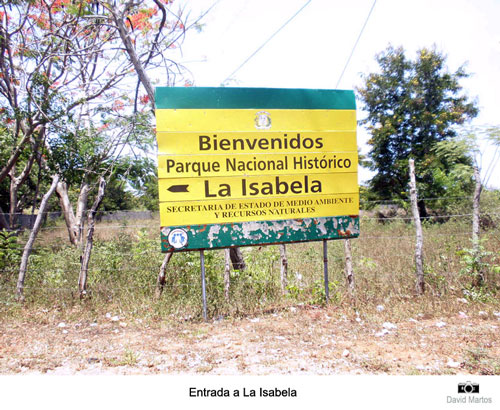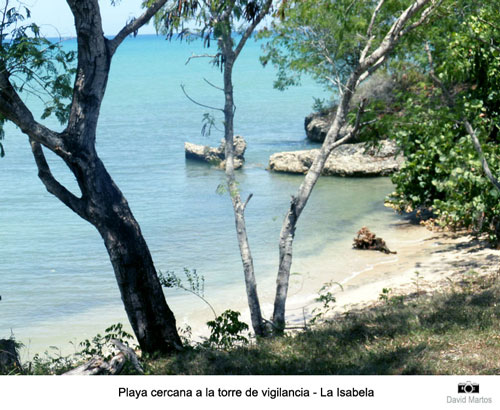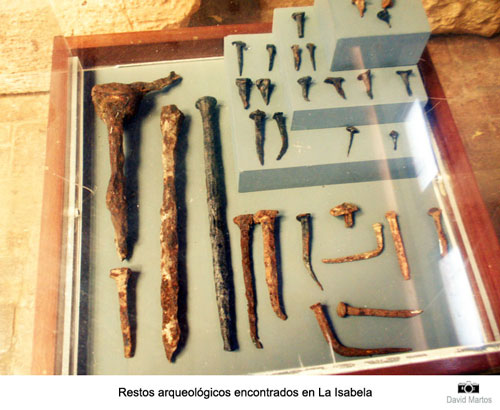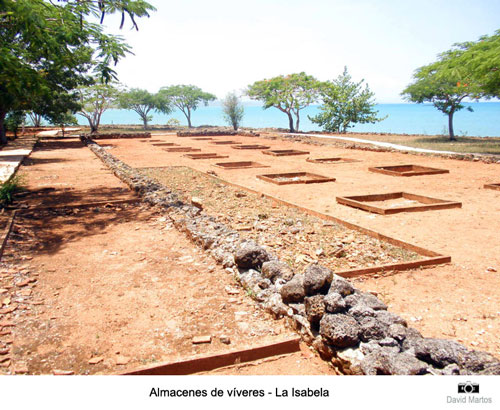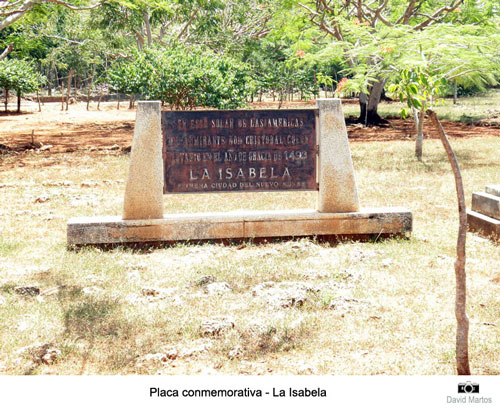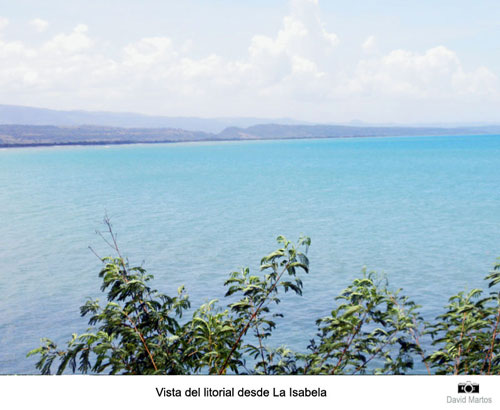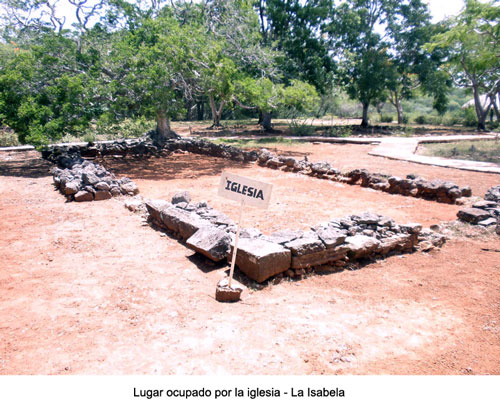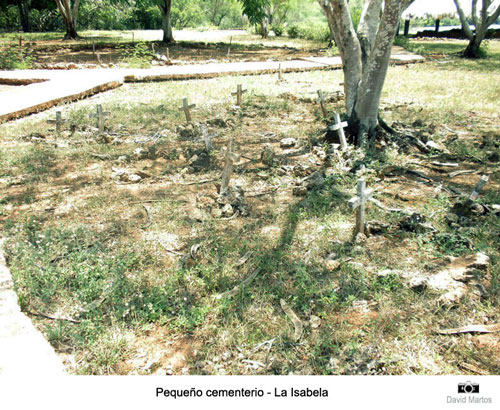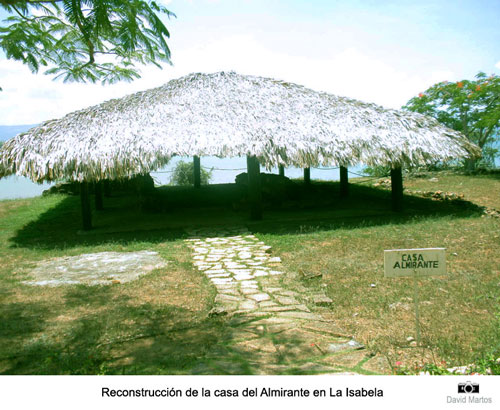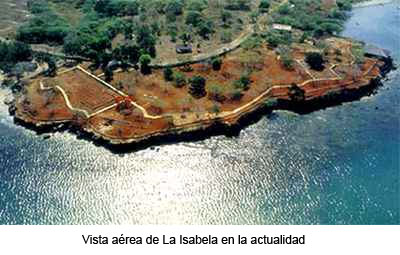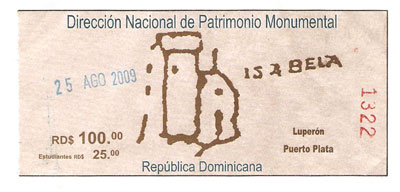The second voyage of Columbus to the New World was terribly disappointed to find the Fuerte Navidad destroyed and his men killed by the natives. Columbus thought that when they arrived they would find much of the work already done: establishing economic and personal relations with the natives, searching for gold and other products, supplies, etc. But none of this came true. Leaving the 40 men there for a year was unuseful. They had to start from scratch.
Moreover, it would no longer be possible to disembark and set up the new city in that area, the natives could attack again so they had to look for a new place. They left the area and sailed east in search of a sheltered bay or place to colonize. They explored the coast and found great rivers and good ports but they were lowland and swampy areas, with little stone to build with and difficult to defend against any attack, both by sea and by land.
Columbus was thinking of going to Puerto Plata, where on his first trip he had seen some interesting areas to settle the colony, but storms, after passing through the port of Montecristi, forced him to take refuge in a small bend that by chance seemed suitable for what they were looking for, with an interesting natural port, something open to the northwest, a plain full of abundant vegetation, fertile land, mild and temperate temperature and a plain full of abundant vegetation. This portion of the coastline had two nearby rivers, one plentiful and the other smaller (the Bajabonico) whose water could easily be diverted to supply the city.
Another advantage of this site was that at this altitude, a few kilometres to the south, according to the Indians’ indications, there were the famous gold mines of the Cibao, so it would be easier to find them and also their exploitation.
The crews, after nearly three months on the ships, disembarked with visible relief and unloaded all the supplies to begin construction of the new city, first official Spanish settlement in America and bridgehead for colonization of the continent. Although Columbus did not intend to stay there, his obsession was to find signs and evidence that he was in Asia, although it became increasingly evident that he was not.
Once on land, the Admiral distributed plots of land to everyone, threw lines and drew streets. They began with the construction of a temple, a hospital, a storehouse and a house for the Genoese, all of them made of stone. The rest of the houses will be built with wood and other materials. In total, some 200 houses were built in just four days. Quite a feat.
The illusion and hopes gave strength to everyone, but soon many of the inhabitants began to get sick, not only because of the lack of adaptation to the environment but also because of the physical weakening derived from the tremendous journey made since Spain, especially for people not used to crossing the seas. In addition, the diet was very bad and did not help him to recover. Much research has been done on this epidemic, and it has been concluded that a herd of 8 pigs brought aboard one of the ships on the island of Gomera was the possible cause of a swine flu epidemic that made hundreds of Spaniards sick and eventually spread throughout the island affecting the natives.
On January 6th, the villa de la Isabela, named in honor of the reina Isabel, was officially founded, with a mass officiated by fray Bernardo Buil and his friars. The captain of the nao Marigalante, Antonio de Torres, Columbus’s trusted person, was appointed mayor. A few months later, the first town hall of America was created, presided over by Diego Colón, brother of the Admiral, and with Fray Bernardo Buil and others as vowels.
What they didn’t know was that the existence of this first urban center was going to have a very effortless life. In less than five years it would have been abandoned and turned into a real ghost town.
Exact geographic location of the old Isabela:
